“We” in this case means just the six-year-old and me: My man has a very demanding and stressful job, so during the holidays - in order to really relax - he wants a basic level of comfort. He also wants to know well in advance where to rest his head for the night. I on the other hand love spontaneity, the chance to change plans at very short notice and to get up close with nature. Hence we decided he’d go to Madeira again with one child whilst I’d go camping in Sweden with the other.
Basically, I wanted to feel like my younger self again, relishing the freedom that backpacking brings. To enhance this, I didn’t check out much in advance: all I did was book a room in a Stockholm hostel for the first two nights and find out that shipping company Waxholmsbolaget runs regular ferry services to many of the archipelago’s bigger islands. That was it.
At least it did once I got over the shock that the first campsite we arrived at didn’t have running water - or indeed any fresh water. You see, having been to Norway several times before, if I associated Scandinavia with one thing, it was an abundance of the latter! Not so in the archipelago. However, we quickly got used to washing in the sea, using a pit latrine and carrying drinking water with us at all times – bought or pumped up with the help of lovely old-fashioned handle pumps. It just meant I had to carry even more, especially when we camped wild, because usually there was one shop per island only or even none at all.
This also meant that our diet was rather restricted. Not that we minded much: After all – what’s wrong with living on cinnamon buns and snack salamis during holiday? Moreover, we supplemented it with large quantities of blue- and raspberries. By the handful. They grew almost everywhere which made actually getting somewhere rather tricky: wherever we went, we’d be tempted left, right and centre by juicy berries winking at us, begging to be picked. More often than not it was thanks only to the mosquitos that we’d eventually flee, mouth and hands stained like we were vegetarian beasts of prey.
Let's have a look on the "dry rocks" first, from a plant lover's point of view. Apart from pines, what are you likely to find? By August, there will be dry tufts or tussocks of grasses - which came in very handy for lighting a fire. Also very common is heather (Calluna vulgaris), in full purplish-mauve flower at that time of year. Bumblebees in particular love it, there is always a busy yet soothing, summery humming around the plants. Sometimes there might be some ferns, though you are much more likely to find all sorts of lichens. The "grass tufts" are also likely to contain some wildflowers - from the Asteracea family, for instance, or harebells (Campanula rotundifolia). And there is juniper (Juniperus communis, usually a dwarf form).
In the damper woods, there were rich pickings, too. And not just the above mentioned blueberries and raspberries. It was a bit too early for fungi, so no foraging on that front, but we found mint and would nibble on wood-sorrel (Oxalis acetosella). However, I was particularly impressed by the large areas carpeted with liverwort leaves (Hepatica nobilis / Anemone hepatica). Considered a rare native where I come from, here they grew in abundance. At flowering time in early spring it must be an amazing sight. I also spotted many patches of lily-of-the-valley leaves (Convalaria majalis) and some May lily (Maianthemum bifolium).
Ferns and mosses often would weave a fairy-tale like magic on the woodland floor. The sheer variety especially of the mosses was astonishing, their soft emerald cushions just crying out to be stroked. The highlight however had to be an orchid still in flower: Epipactis helleborine, the broad-leaved helleborine. About 60 cm tall and at the peak of perfection, it really made my day.
You might also enjoy the following posts:
Gone native: Madeira aside from its gardens and parks
Can gardeners turn green with envy?
P.S. On an (even more) personal level: Regular readers amongst you will have noticed that I "missed" one post in August. While going on holidays seems the obvious reason, this is not the case. I had prewritten two posts and they were published here whilst we were away.
However, some things you can't plan for, it's part of life. Like sickness. So on our return the whole family came down with a stomach bug, one after the other. For one of us however, it ultimately revealed something far more serious. Something that required and requires life-changing adjustments. Despite this, we are grateful for the way things went as it could have been so much worse.
I do hope sincerely you will stick with me and this blog, even if I may sometimes miss my self-set target of fortnightly postings. Thank you all for reading and have a great autumn! (or spring, of course, if you live in the Southern hemisphere :-)
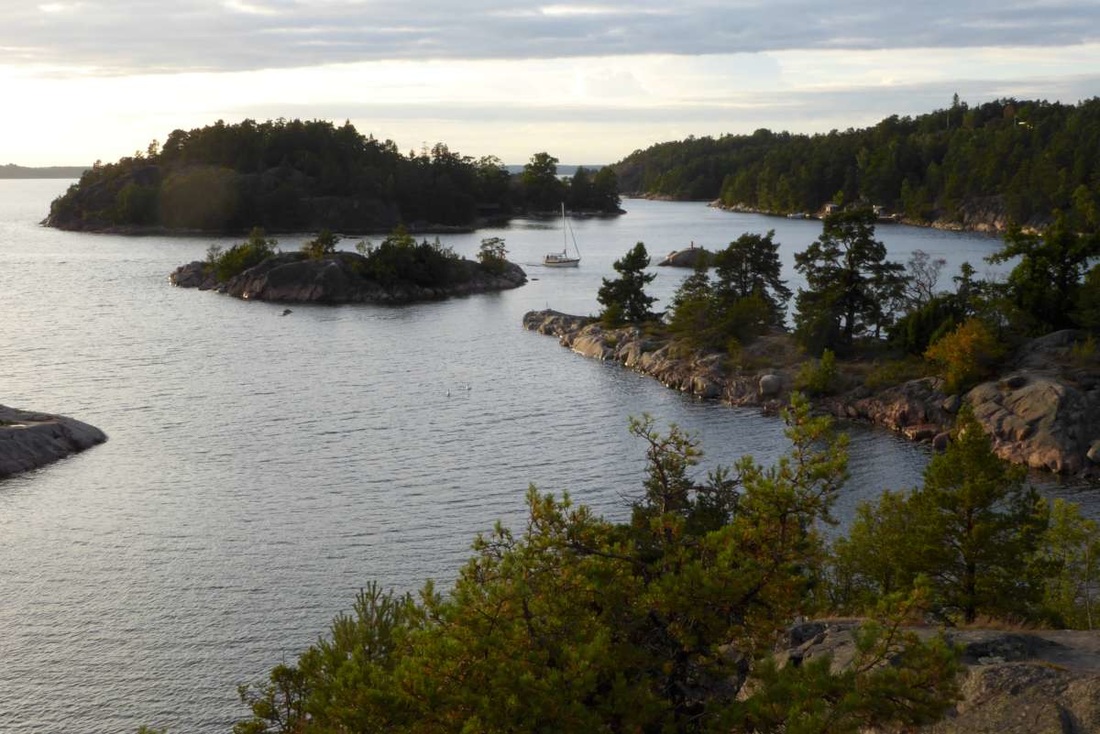
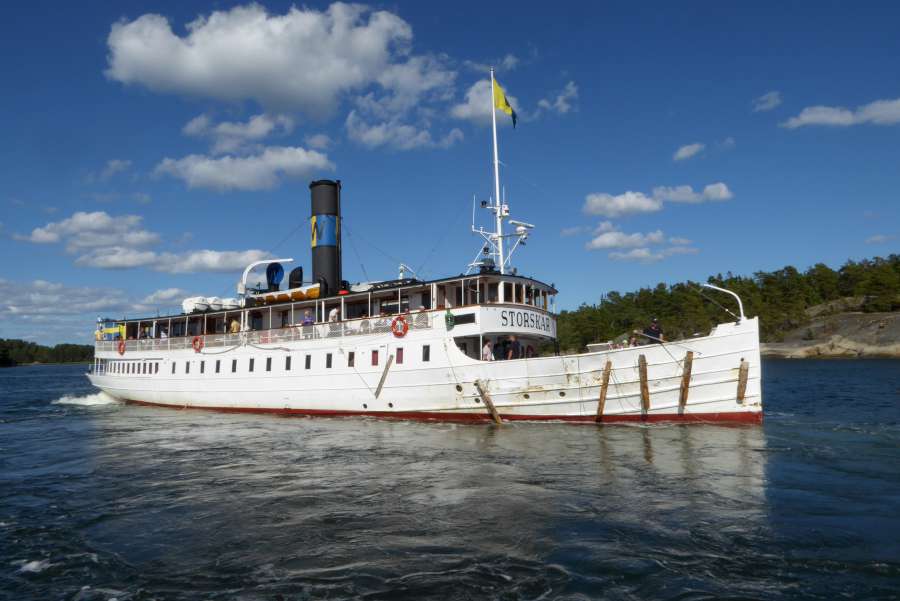
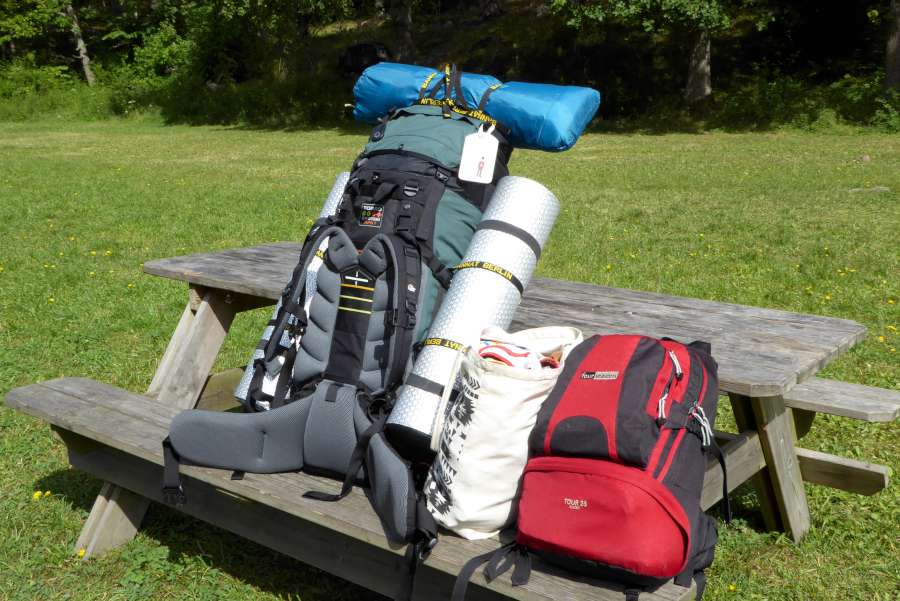
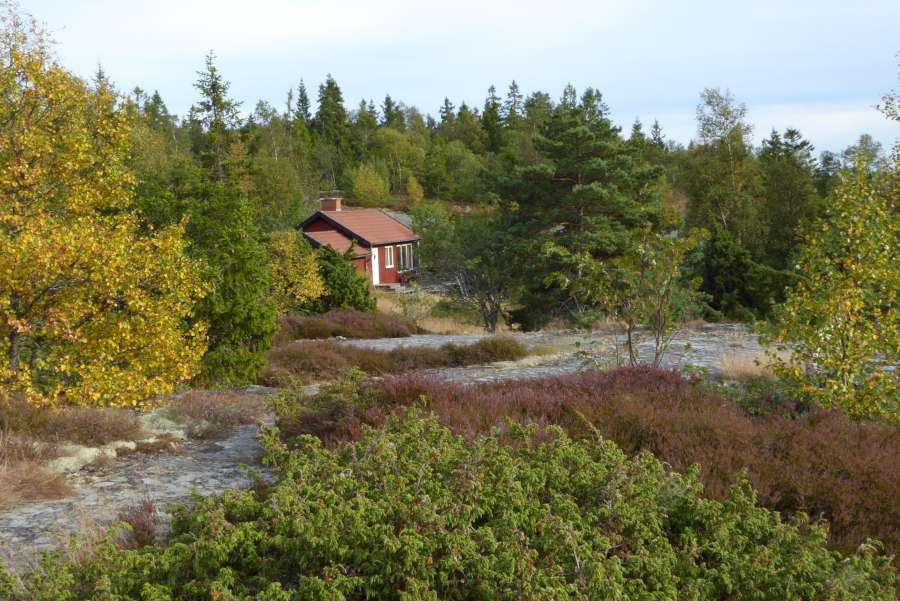
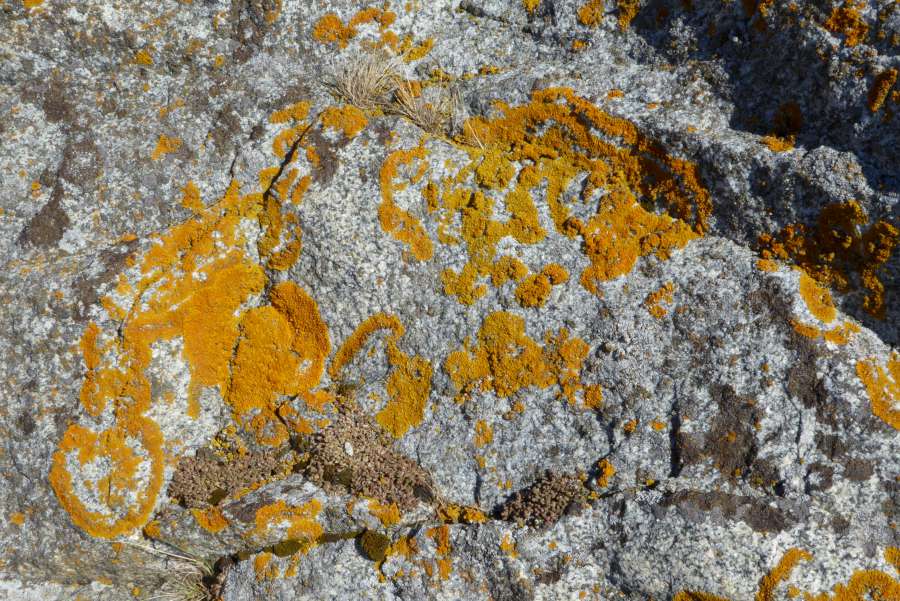
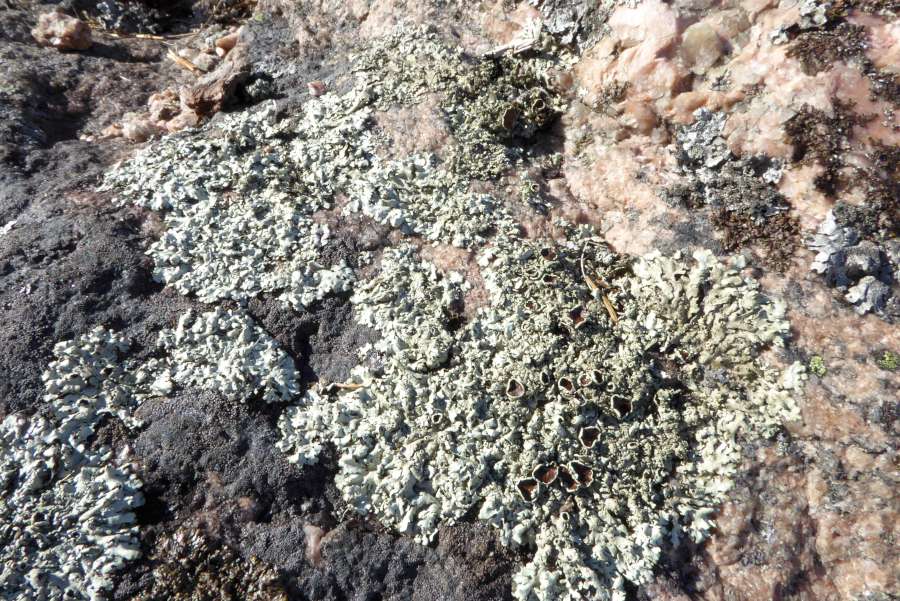

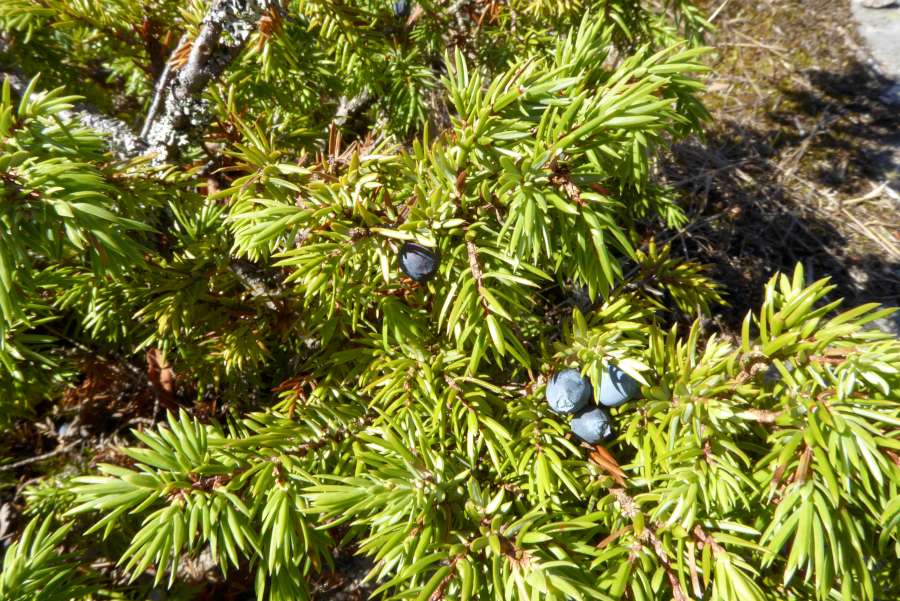
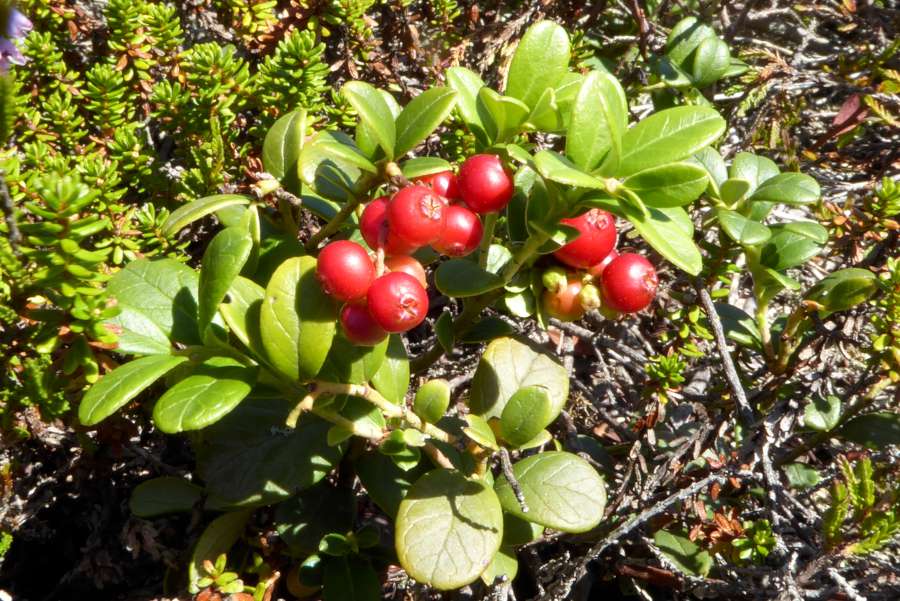
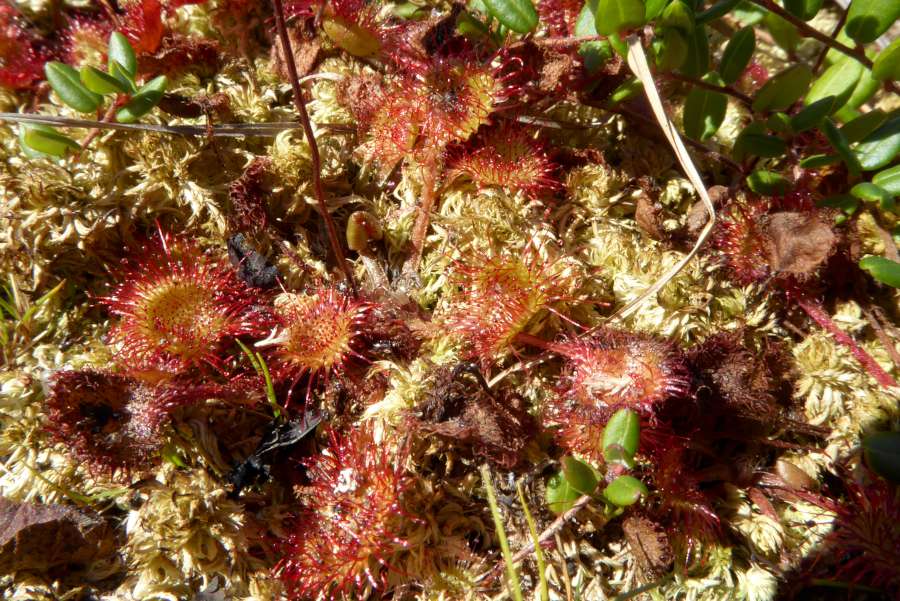
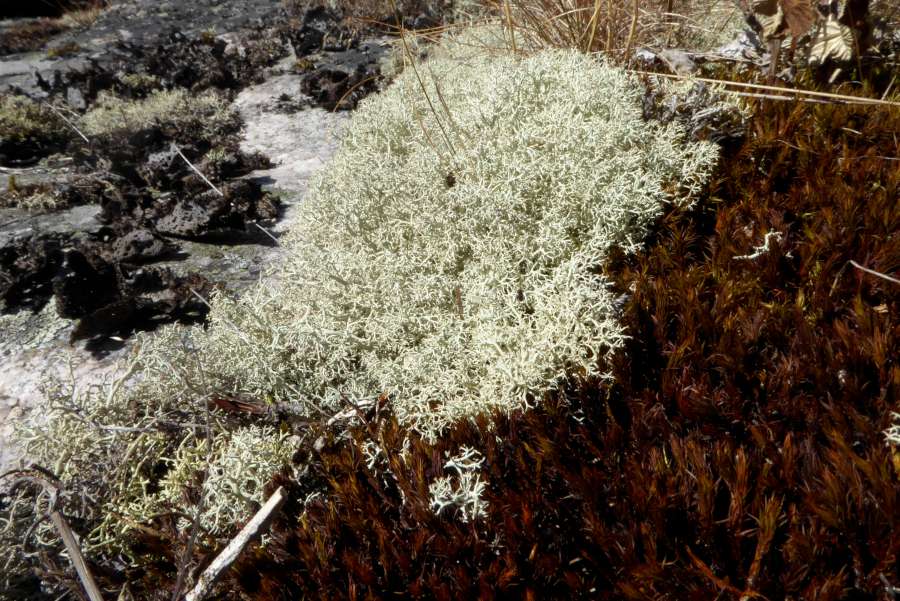
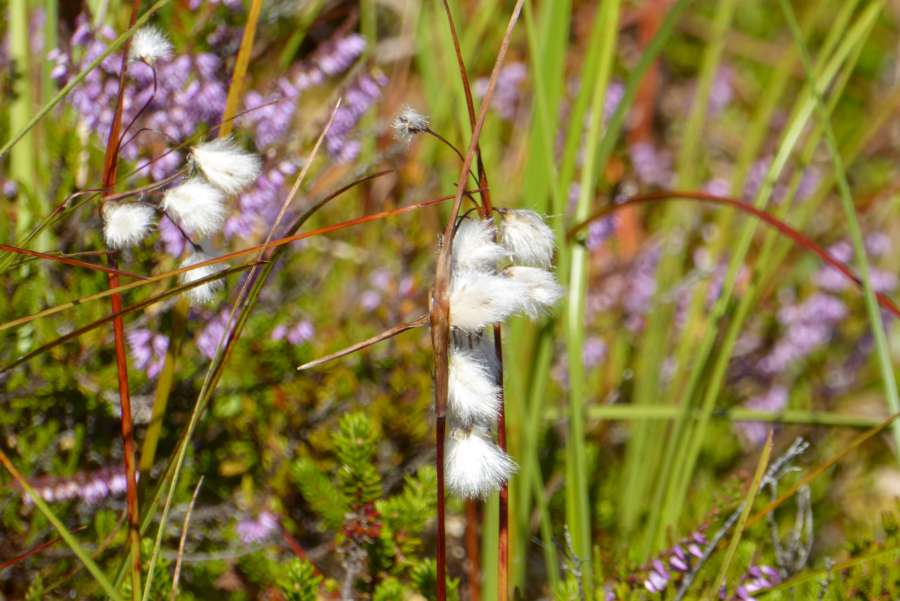
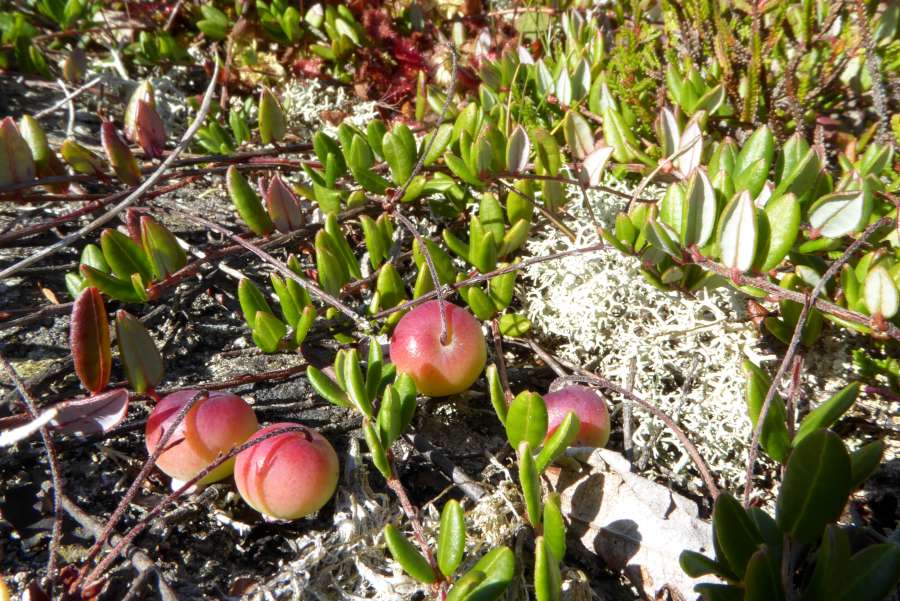

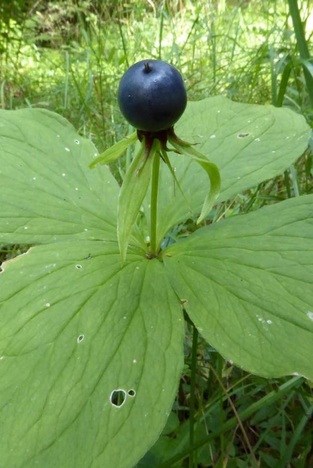
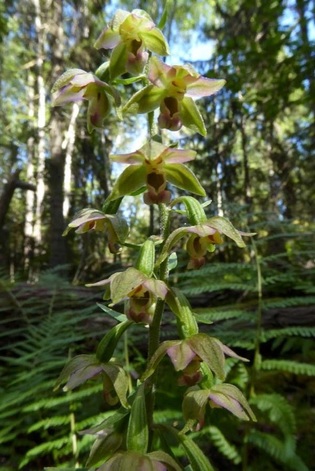
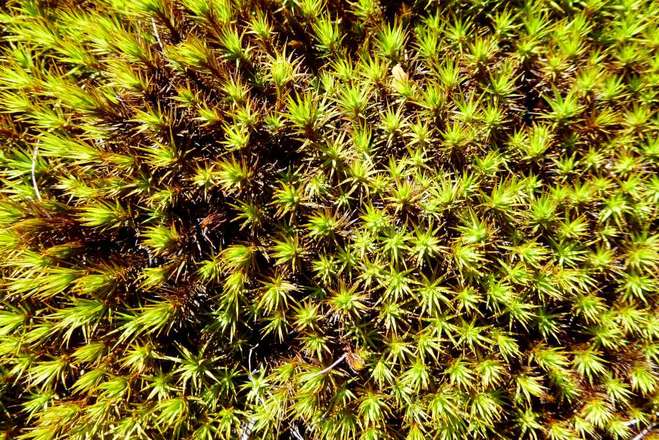
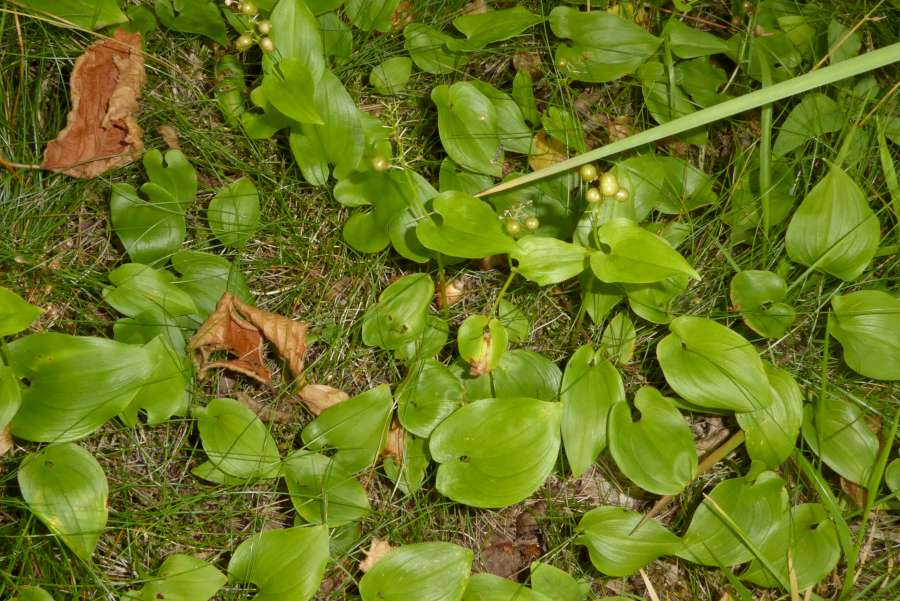
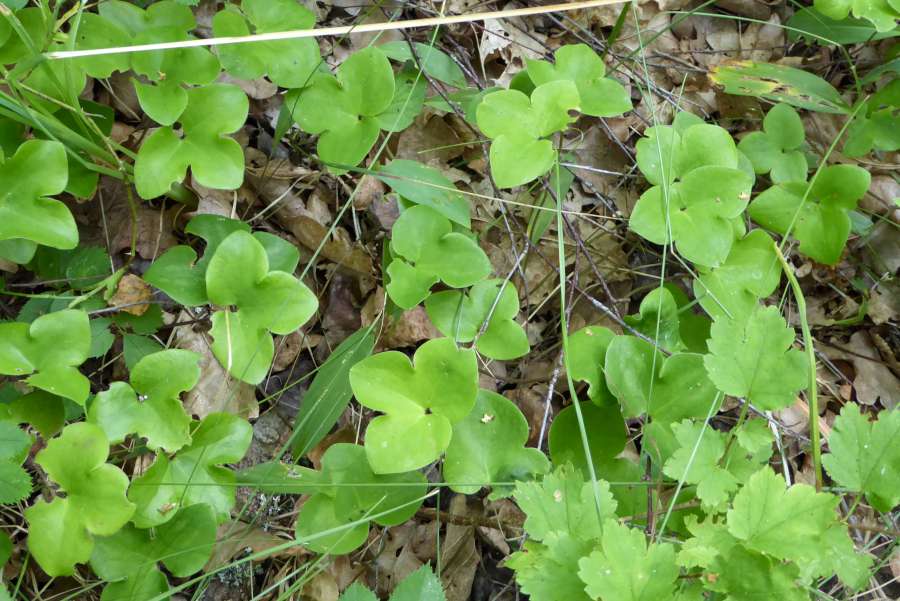
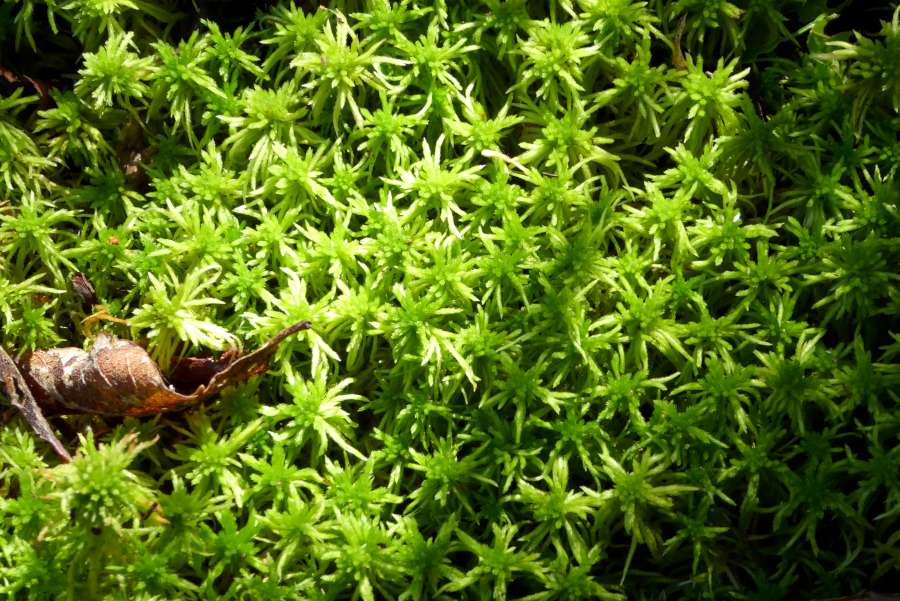
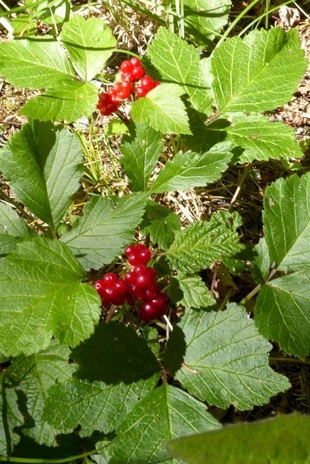
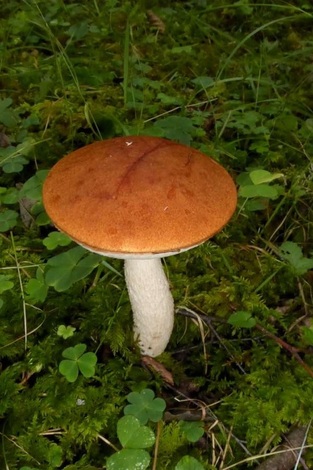
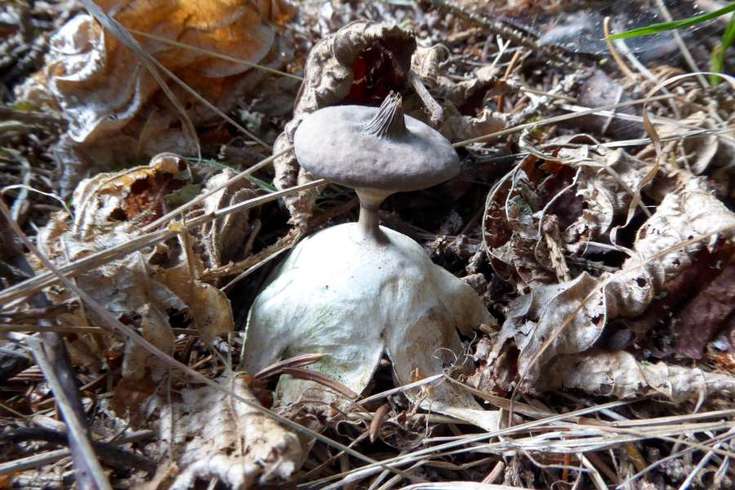
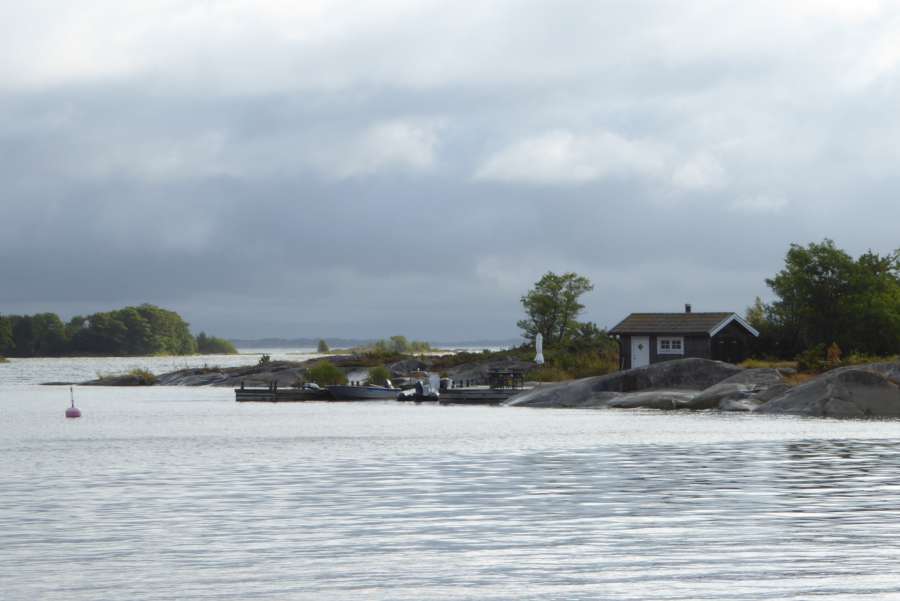
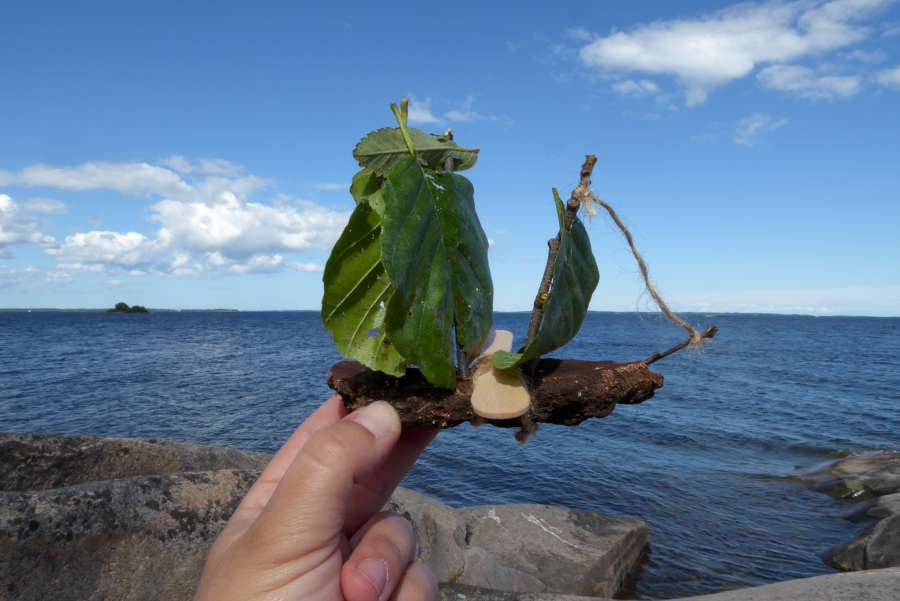
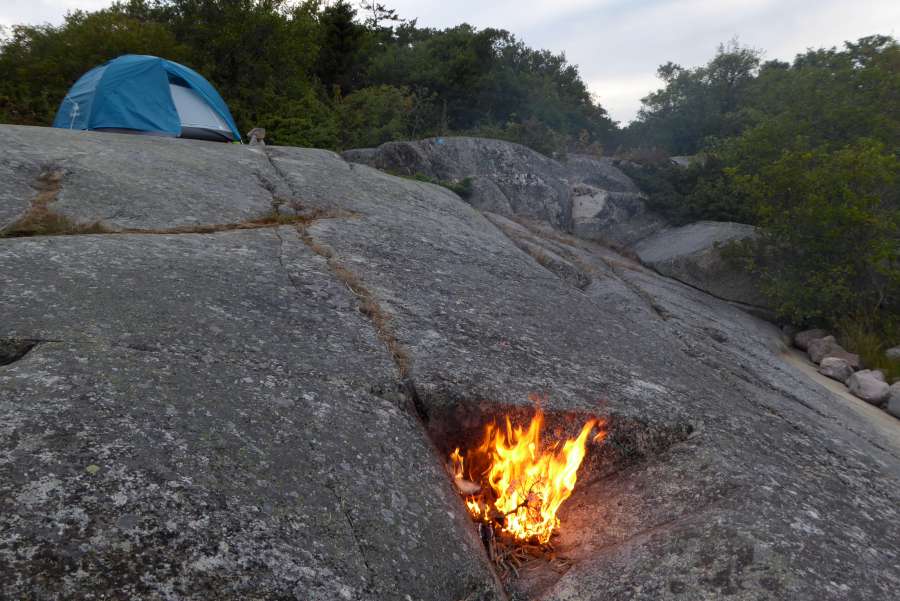
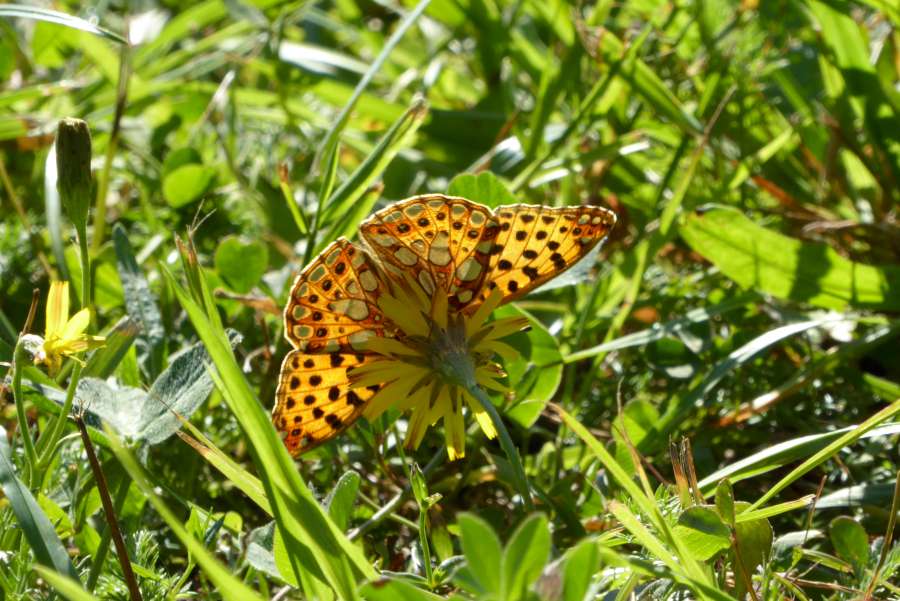
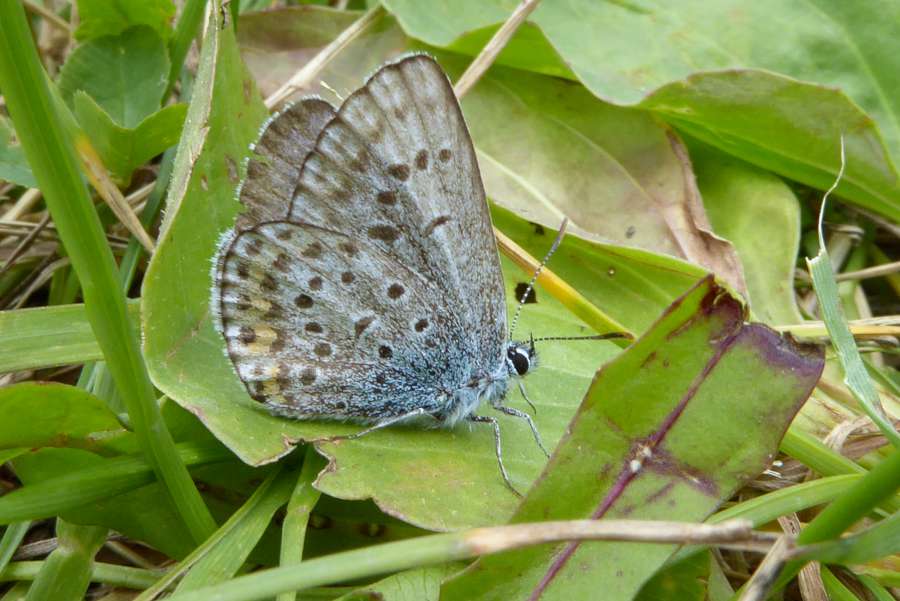
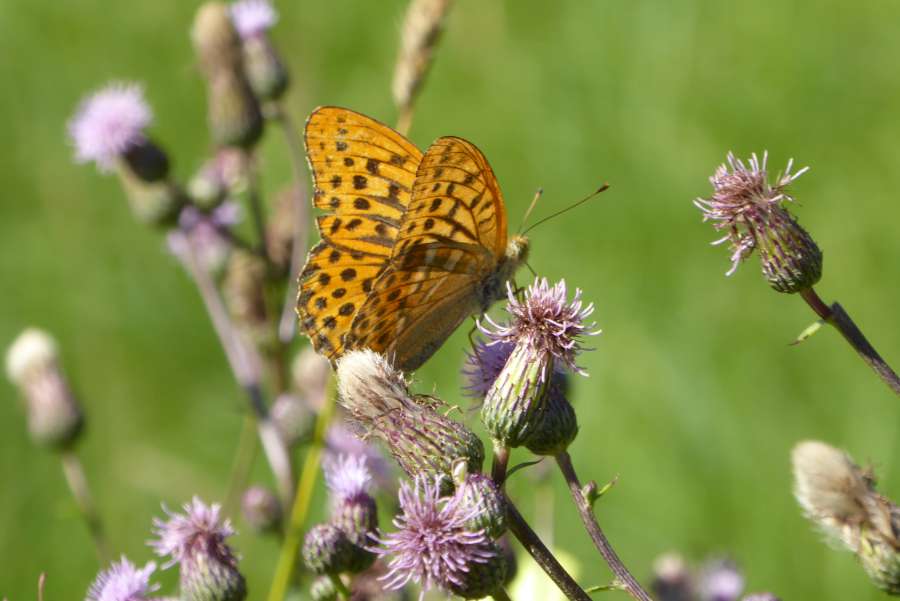
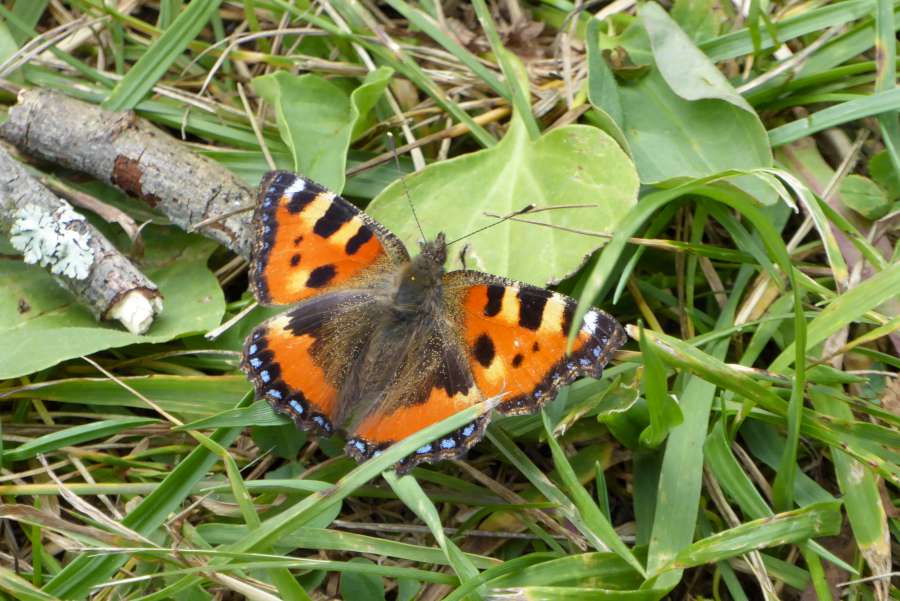
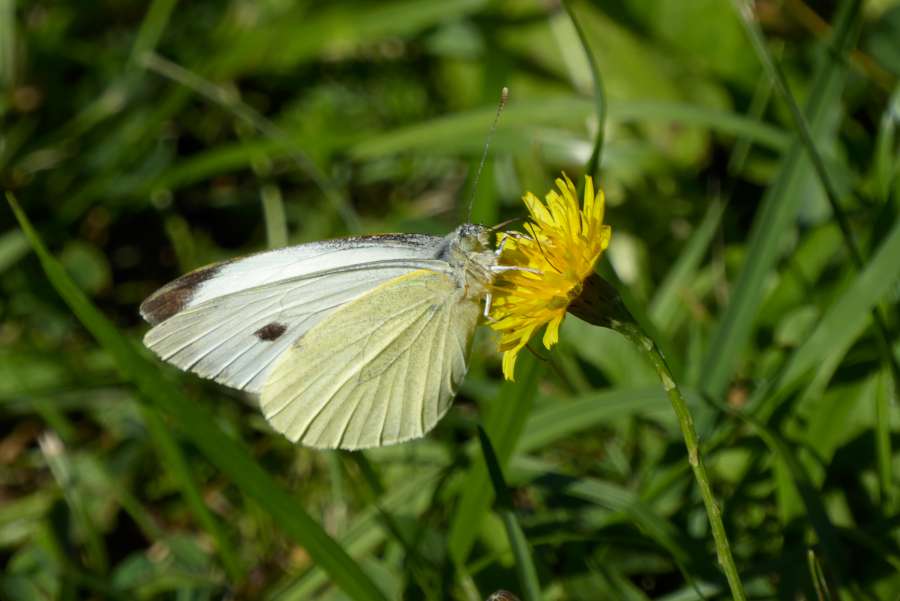
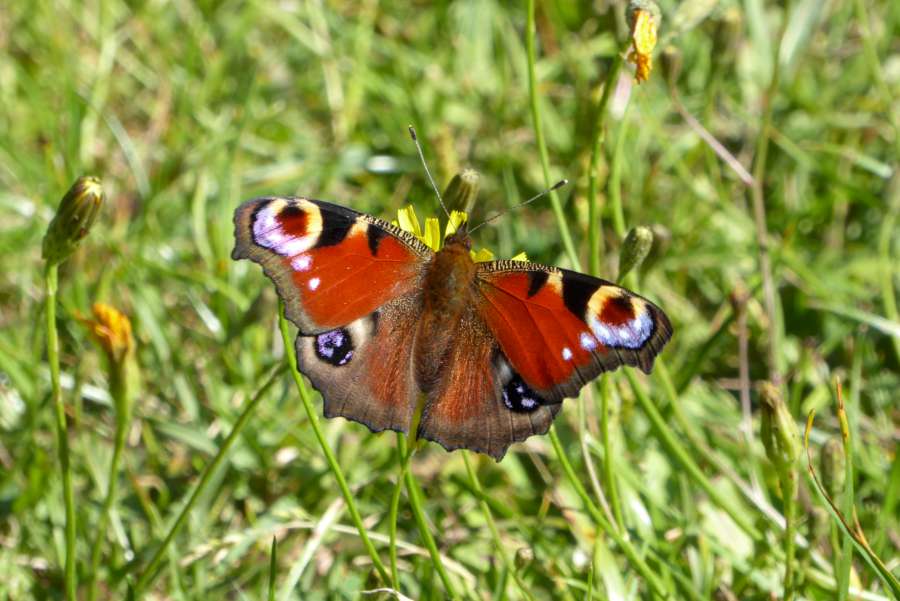
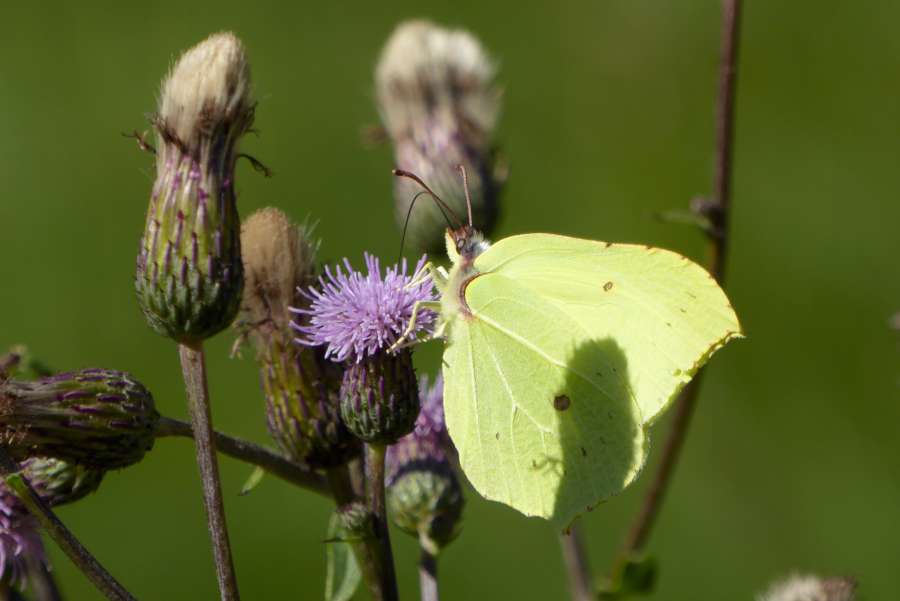
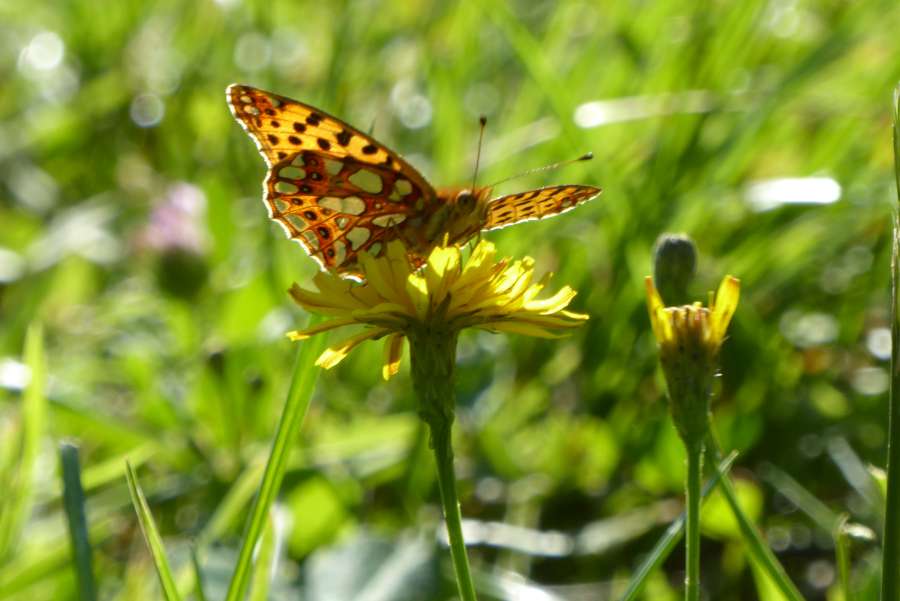
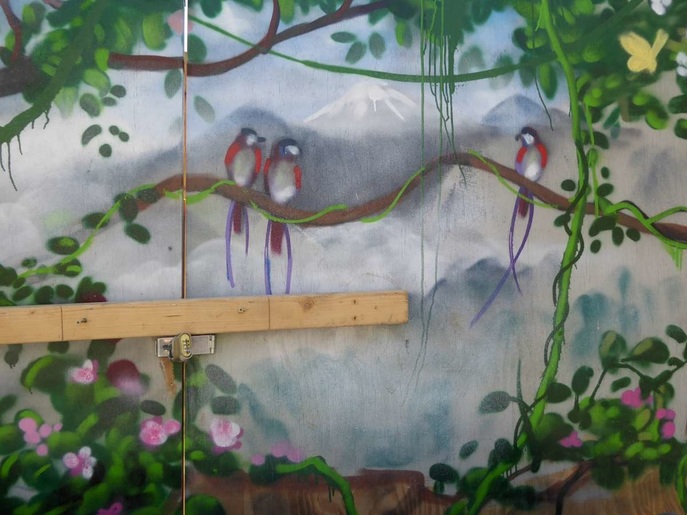
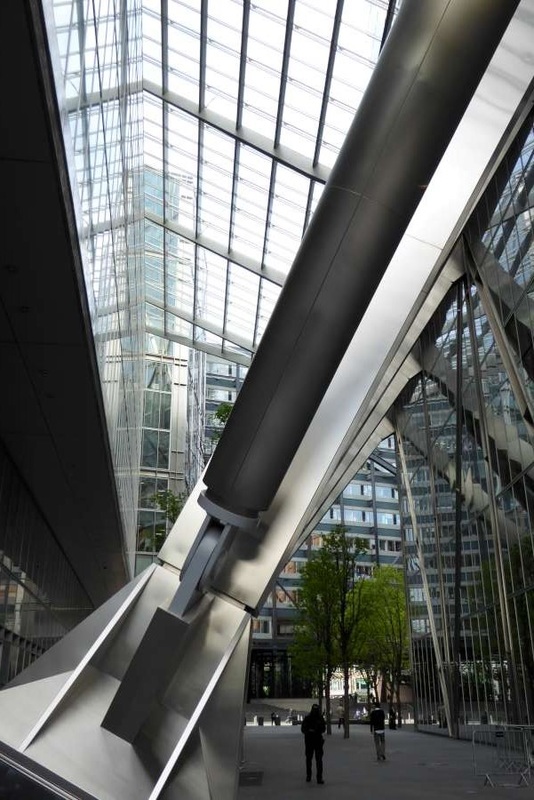
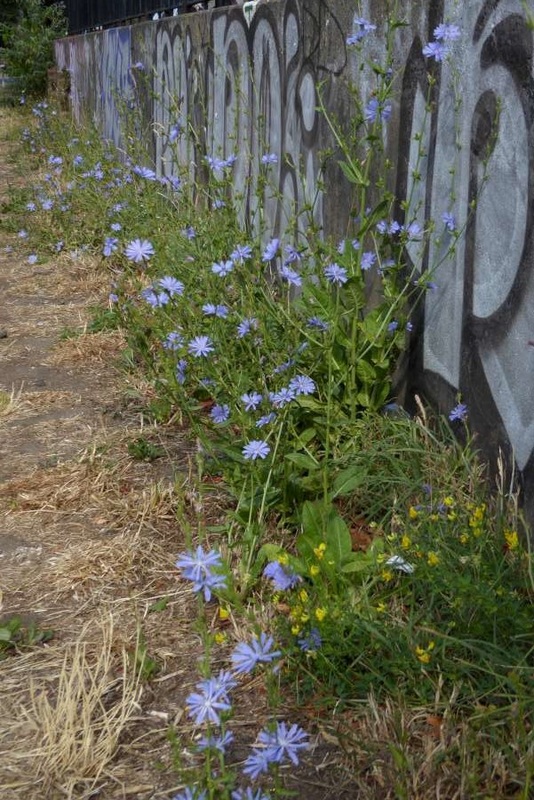
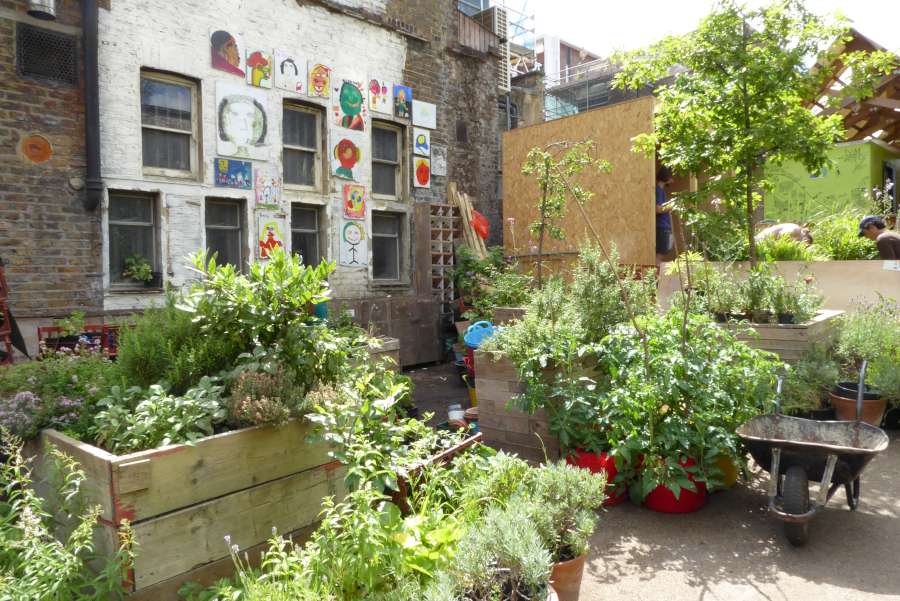
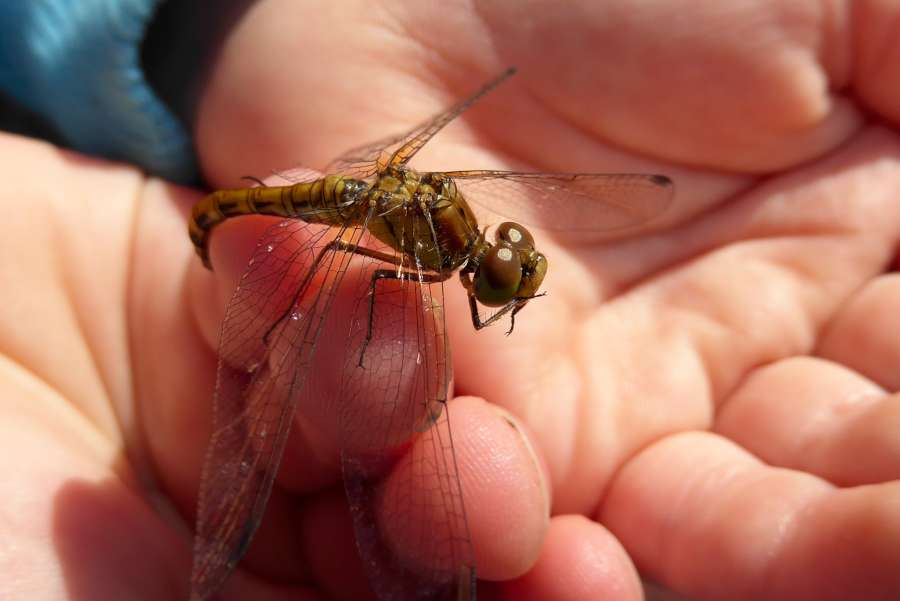
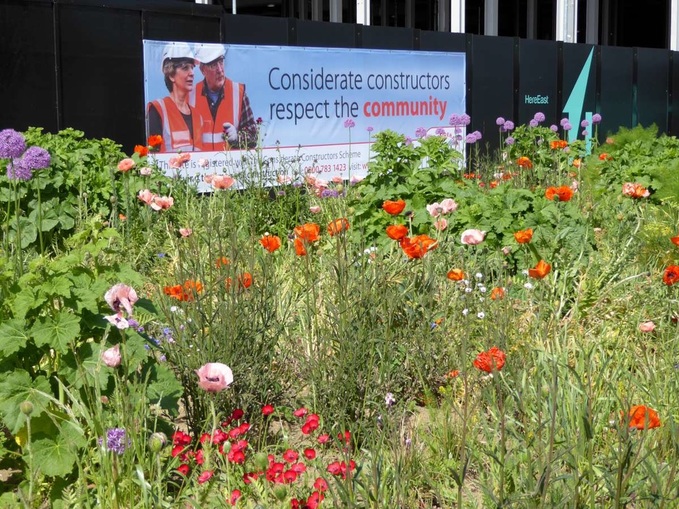
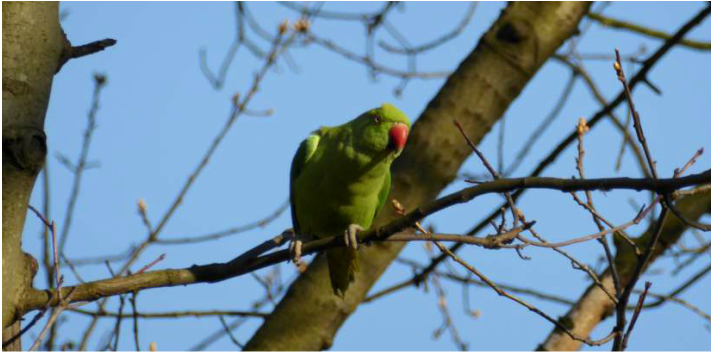
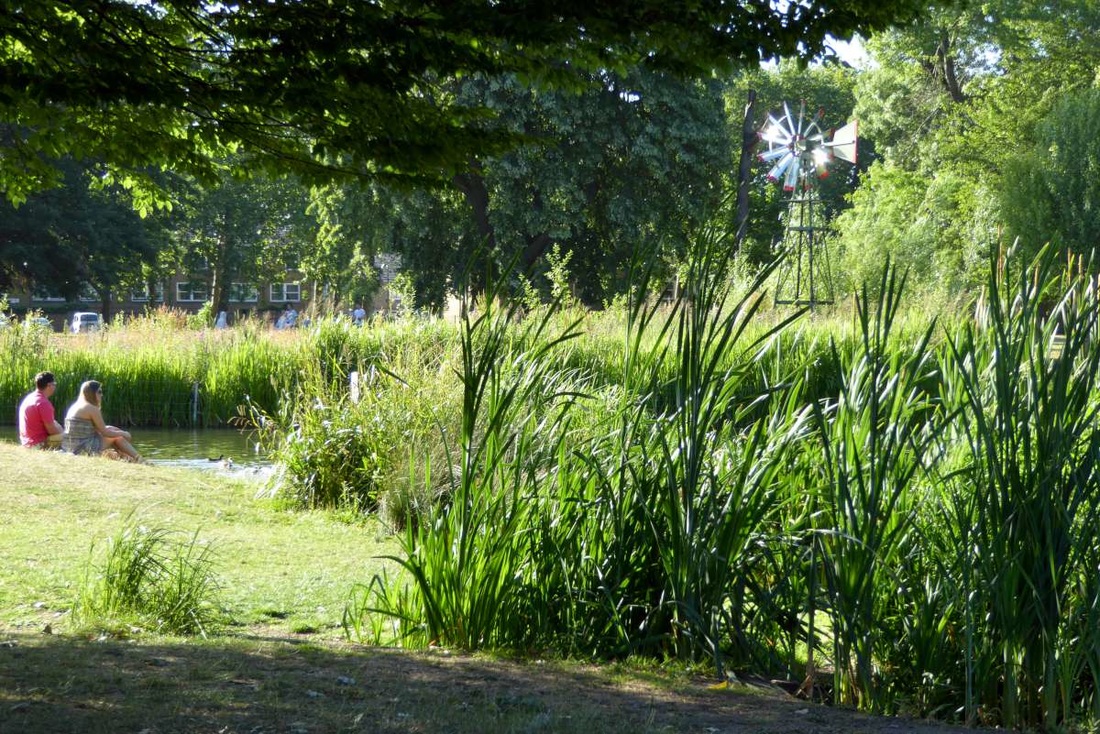
 RSS Feed
RSS Feed